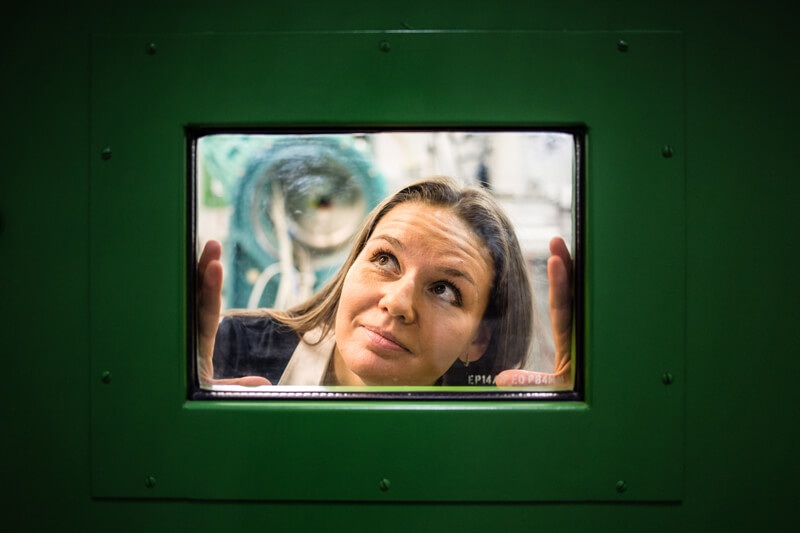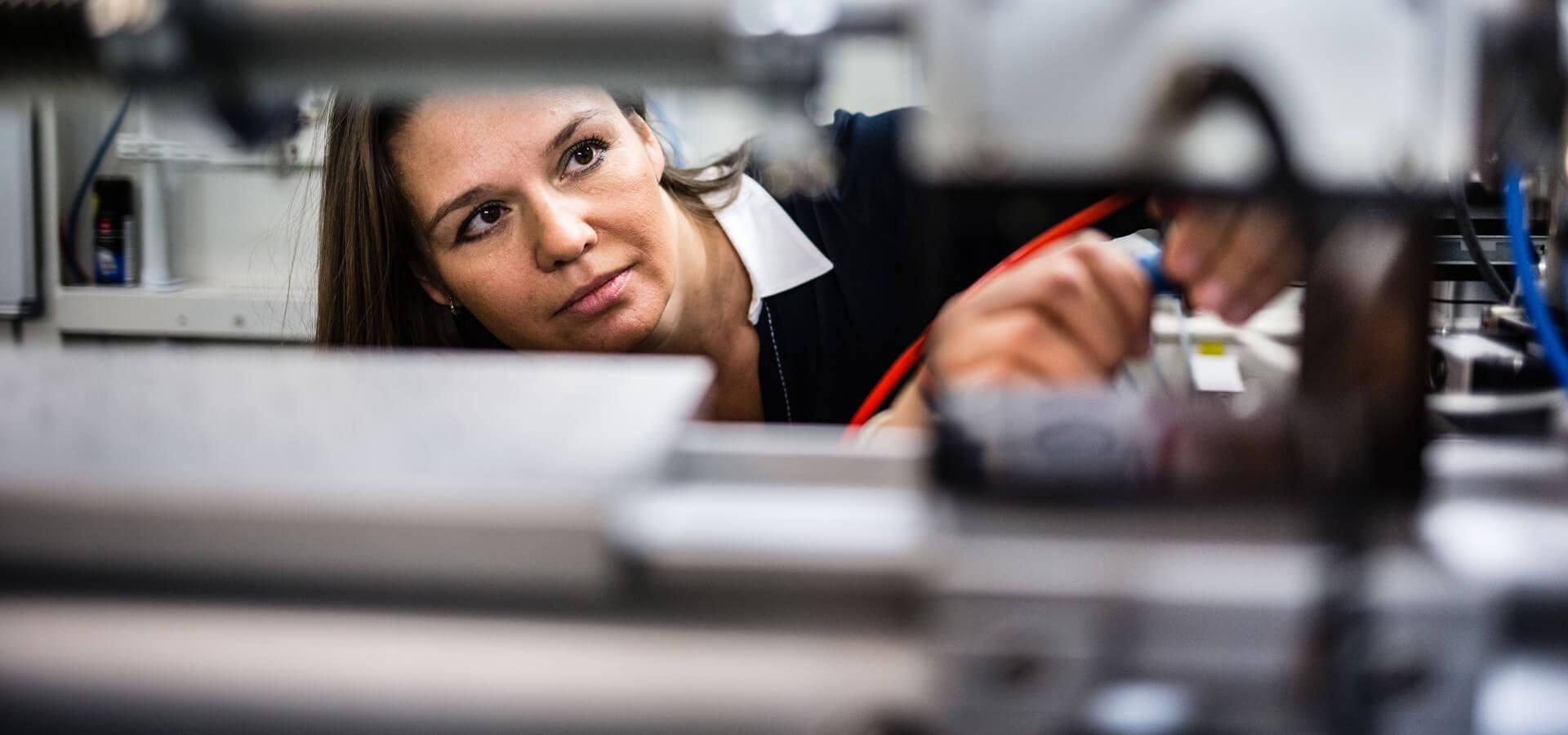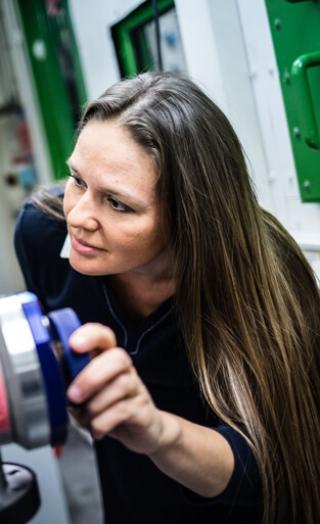The first time I set foot in a synchrotron I knew I’d do everything I could to work in one. Everyone was so motivated to give their full support and to make the experiment a success. They were working around the clock and there were lots of people from many different origins involved. Since then, synchrotron research has taken me from Russia, to Sweden, to the USA and finally to the ESRF. As a user facility, the ESRF has new projects arriving all the time, often carried by top level scientists asking very specific and specialised questions. It’s stimulating because you are constantly thinking about the experiment, constantly excited about finding solutions, constantly expanding your knowledge. We also have a constant flow of young PhD students and post-docs: they are a never-ending source of new questions and ideas. There’s an effervescence that never stops fizzing. It’s why I think of working here as a chemical reaction: we all bounce off each other, share and create knowledge, and create bonds. You are forever learning and you get exposure to so many different things that have nothing to do with your research topic. I use X-rays to look at how atoms bond together and how electrons travel between atoms. Atoms can transfer electrons between each other, or they can superpose and share electrons. Then some atoms bond together and others don’t. The ESRF is just like that and the curiosity to keep looking and learning is unquenchable.”


